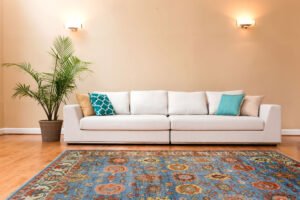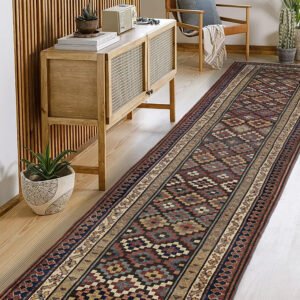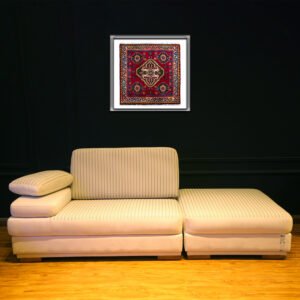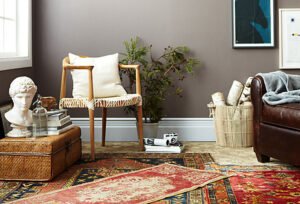Rugs 101
- By Mehdi Sharafi
- Published:
- Last updated: October 17, 2025
A Comprehensive Guide to Rugs
Introduction
Welcome to your ultimate resource on rugs—from styling your living space to caring for heirloom pieces. Whether you’re browsing for rugs and rugs to layer textures or hunting down the perfect rug rugs for a high-traffic hallway, this guide covers everything you need to know.
- Types of Rugs
Different rug styles create distinct looks and serve different functions.
1.1 Area Rugs
- Definition: Large-format rugs that define seating or dining zones.
- Best for: Living rooms, under dining tables, open-plan spaces.
1.2 Runner Rugs
- Definition: Long, narrow rugs tailored for hallways and staircases.
- Benefits: Protect floors from wear; guide foot traffic.
1.3 Accent Rugs
- Definition: Small rugs placed at doorways, beside beds, or under chairs.
- Usage: Add pops of color and soften hard flooring.
1.4 Outdoor Rugs
- Definition: Weather-resistant designs for patios and balconies.
- Materials: Synthetic fibers like polypropylene.
- Rug Materials & Construction
Choosing the right material impacts look, durability, and maintenance.
| Material | Characteristics | Ideal Use |
| Wool | Soft, resilient, flame-resistant | Living areas, bedrooms |
| Cotton | Lightweight, machine-washable | Casual spaces, children’s rooms |
| Synthetic | Affordable, stain-resistant | High-traffic, outdoors |
| Jute/Sisal | Natural texture, eco-friendly | Boho, coastal interiors |
| Silk/Viscose | Luxurious sheen, delicate pile | Low-traffic, formal rooms |
3. Choosing the Right Rug
When selecting rugs and rugs or rug rugs, consider:
- Size & Placement
- Measure your room: Leave 18–24 inches of bare floor around area rugs.
- Runner length: Hallway length minus 12 inches at each end.
- Color & Pattern
- Light colors enlarge small spaces; dark colors ground large rooms.
- Bold patterns hide stains; solids highlight furniture.
- Pile Height
- Low-pile (≤¼″): Easier to clean; ideal under dining tables.
- Medium/high-pile (½″+): Plush underfoot; great for bedrooms.
- Style Cohesion
- Match style: Traditional weaves for classic rooms; geometric patterns for modern décor.
- Layering: Stack a small rug rugs atop an area rug for added depth.
4. Caring for Your Rug
Proper maintenance extends your rug’s lifespan and keeps colors vibrant.
- Regular Vacuuming
- Weekly for low-pile; bi-weekly for high-pile.
- Use suction-only or brush-off setting to prevent fiber damage.
- Spot Cleaning
- Blot spills immediately—never rub.
- Mild detergent and water; test in an inconspicuous area first.
- Professional Cleaning
- Every 12–18 months for wool or silk rugs.
- Ask for “dry cleaning” or “low-moisture” methods on delicate fibers.
- Rotation
- Turn your rug 180° every 6 months to ensure even wear and sun exposure.
5. Boosting Your Home’s Style with Rugs
- Layering Multiple Rugs
- Creating Focal Points
- Textural Contrast
6. Frequently Asked Questions
Q: How do I stop my rug from slipping?
A: Use a non-slip pad underneath. Choose one slightly smaller than the rug to prevent edges from curling.
Q: Can I put a rug in a dining room?
A: Yes—opt for low-pile materials and choose a size that extends at least 24 inches beyond the table on all sides so chairs remain on the rug when pulled out.
Q: What’s the average lifespan of a wool rug?
A: With proper care, a high-quality wool rug can last 10–20 years or more.
By following this Rugs 101 guide, you’ll be well-equipped to choose, style, and maintain your rugs, rugs and rugs, and rug rugs for beautiful, lasting results.






